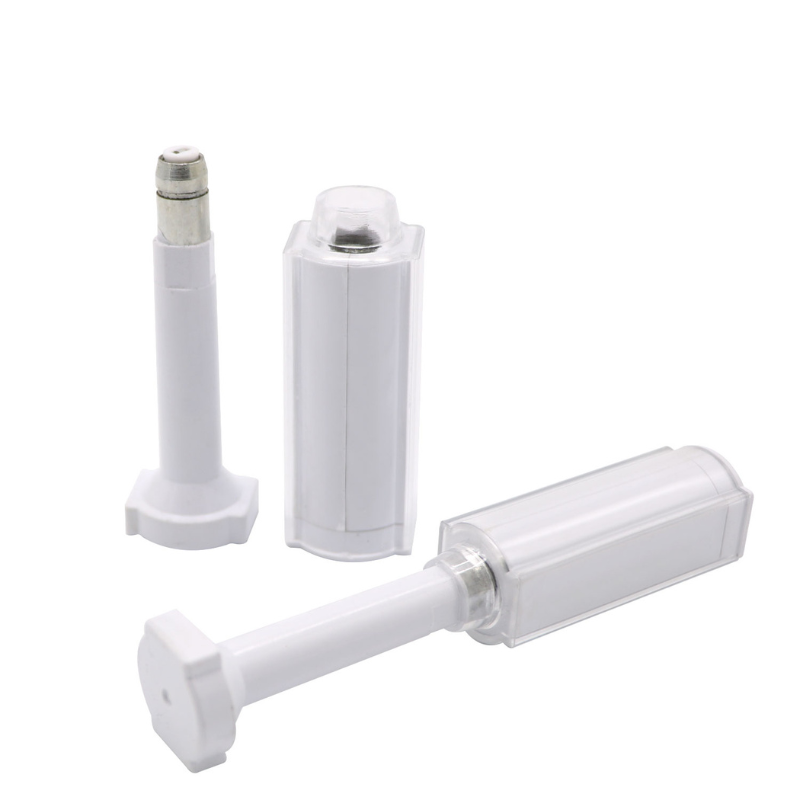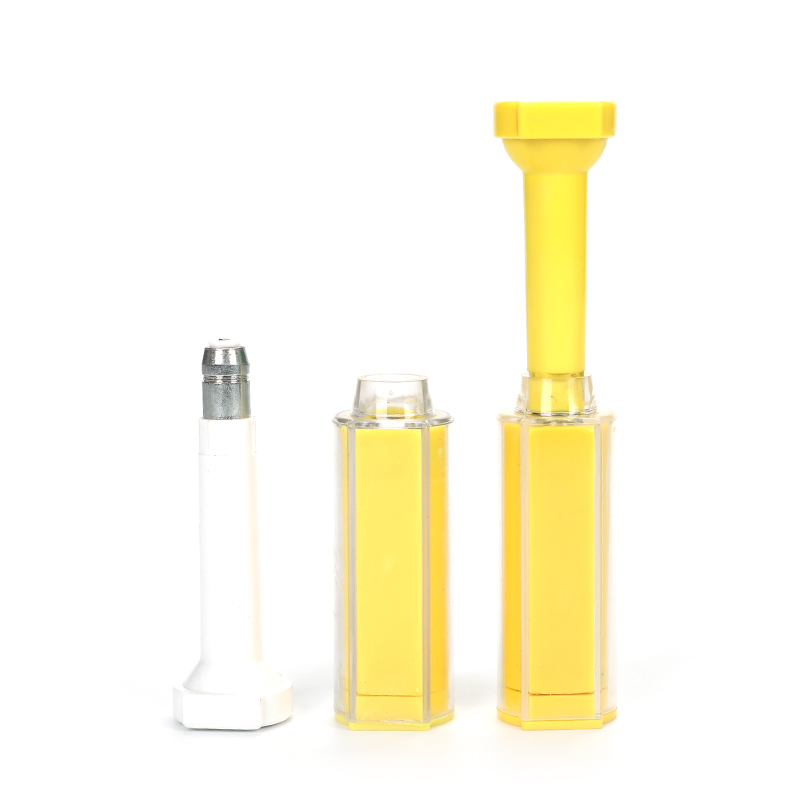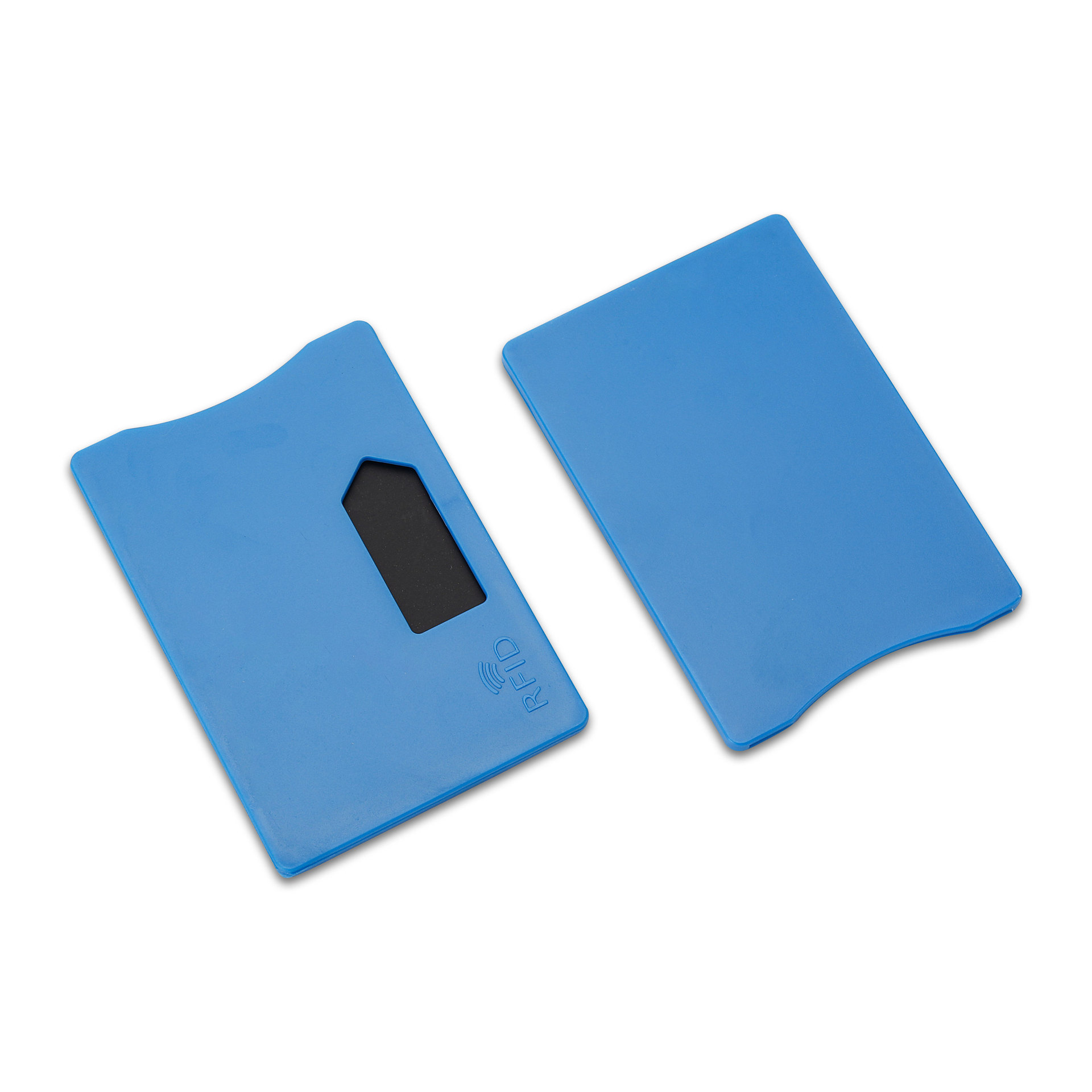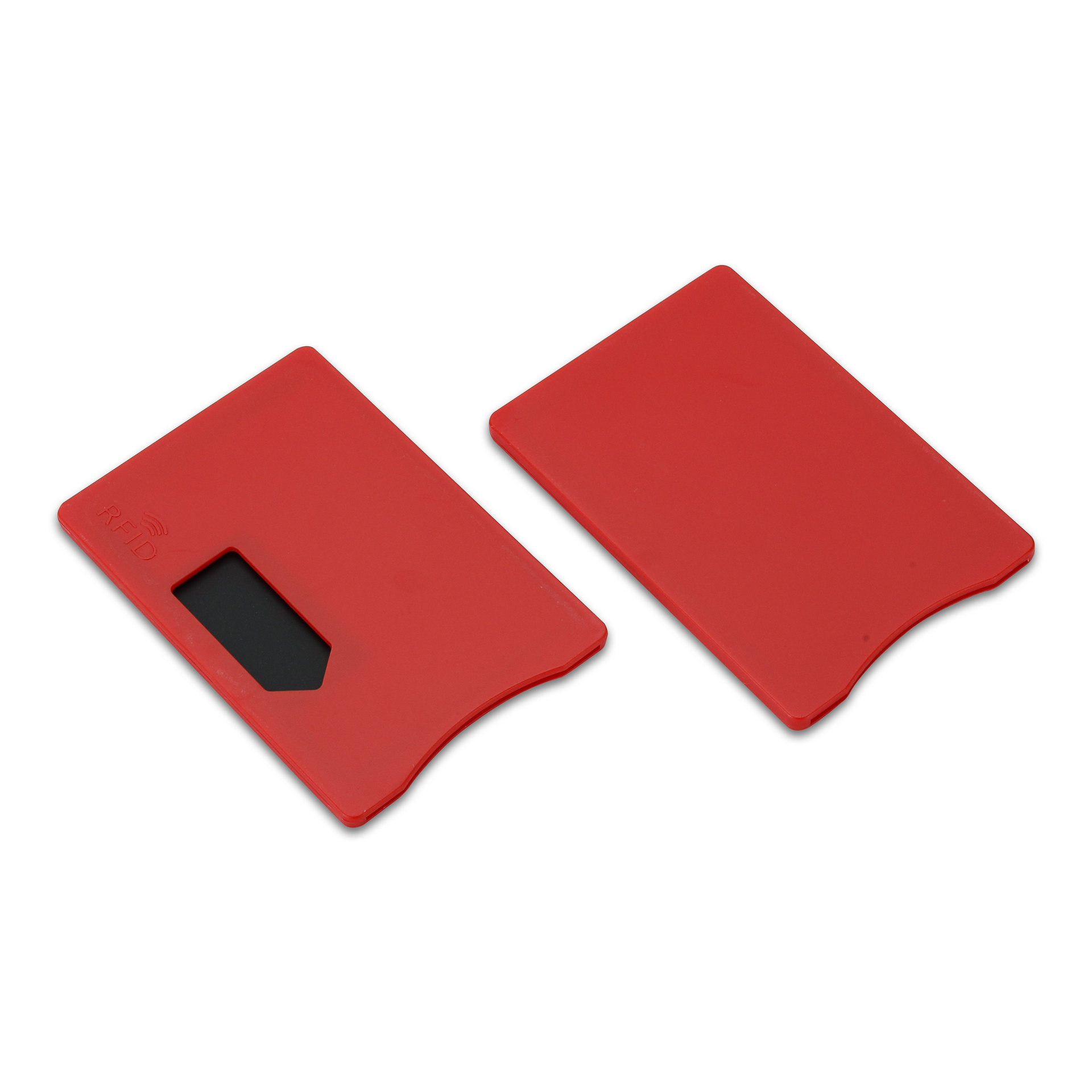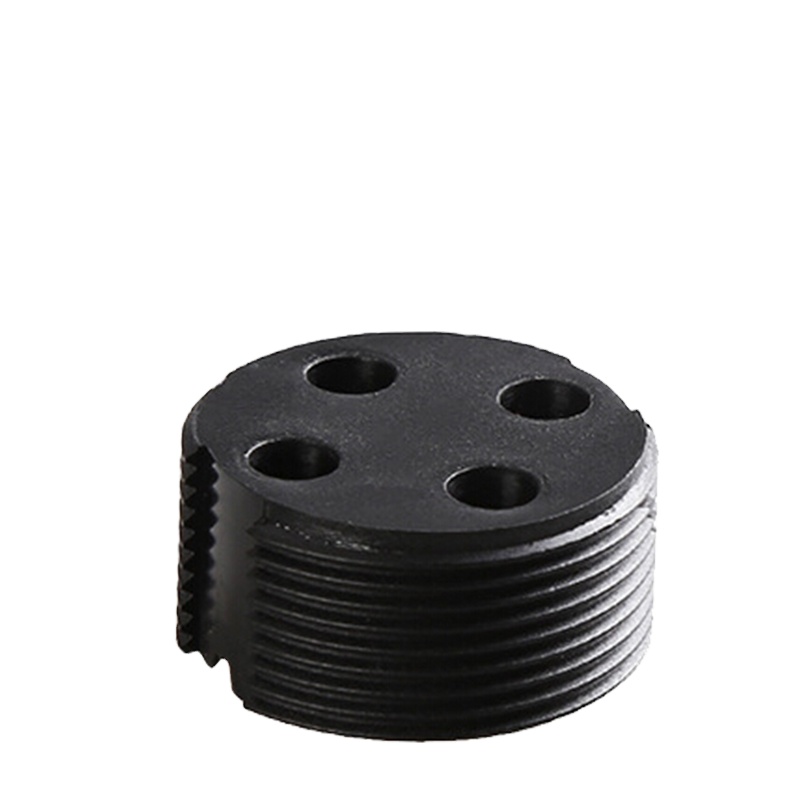
Hvad er forskellen mellem NFC og RFID?
Indholdsfortegnelse
NFC og RFID: Vigtige forskelle, anvendelsesområder og hvilket man skal vælge (2025-guide)
Fra lagerstyring til kontaktløse betalinger hjælper disse trådløse kommunikationsmetoder brancher med at automatisere processer, reducere fejl og forbedre sikkerheden.
Denne guide forklarer forskellen mellem RFID og NFC, hvordan de fungerer, deres anvendelsesmuligheder, og hvilken der passer bedst til dine behov i 2025.
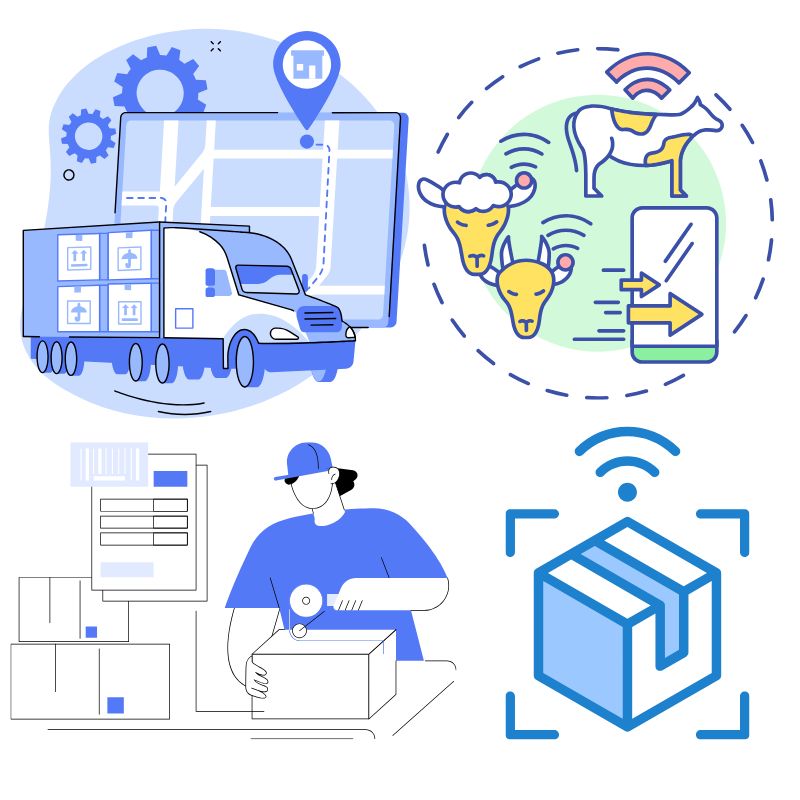
Hvad er RFID og NFC?
RFID (radiofrekvens-identifikation)
RFID bruger radiobølger til automatisk at identificere og spore objekter via RFID-tags og RFID-læsere. Det bruges ofte i brancher som logistik, detailhandel, produktion og sundhedspleje til at spore aktiver og strømline supply chain-operationer.
- Frekvensbånd: Lav (LF), høj (HF) og ultrahøj (UHF)
- Læseafstand: Op til 100 meter (aktive tags)
- Tags: Passiv (ingen batteri) eller aktiv (batteridrevet)
- Anvendelsestilfælde: Lagerstyring, sporing af aktiver, adgangskontrol
NFC (nærfeltskommunikation)
NFC er en specialiseret undergruppe af RFID, der opererer ved 13,56 MHz (HF). I modsætning til almindelig RFID muliggør NFC tovejskommunikation mellem enheder på meget tæt afstand – typisk under 4 cm. Det bruges i vid udstrækning til sikker, hurtig dataudveksling, såsom mobile betalinger eller digitale visitkort.
- Frekvensbånd: Høj frekvens (13,56 MHz)
- Rækkevidde: Inden for få centimeter
- Interaktivitet: Understøtter tovejskommunikation
- Anvendelsestilfælde: Kontaktløse betalinger, parring af smartphones, offentlig transport
NFC vs. RFID: Hvad er forskellen?
Forskellen mellem RFID og NFC ligger i rækkevidde, interaktivitet, strømforbrug og anvendelsesmuligheder. Her er en hurtig sammenligningstabel:
| Feature | RFID | NFC |
|---|---|---|
| Frekvensbånd | LF, HF, UHF | HF (13,56 MHz) |
| Læs Range | Op til 100 meter | Inden for få centimeter |
| Meddelelse | Envejs (for det meste) | To-vejs |
| Strømkilde | Passiv eller aktiv | Typisk passiv |
| Ansøgninger | Lager, forsyningskæde, adgangskontrol | Mobilbetalinger, datadeling |
| Interaktivitet | Lav | Høj (interaktion mellem bruger og enhed) |
- “RFID er ideel til sporing af store mængder aktiver, mens NFC er designet til sikre interaktioner på kort afstand, såsom mobilbetalinger.”
Sådan fungerer RFID-teknologi
Et RFID-system er baseret på tre centrale komponenter:
- RFID-tags: Gemmer vareoplysninger (kan være skrivebeskyttet eller læse-/skrivebar).
- RFID-læser: Udsender et signal for at aktivere passive tags og hente data.
- Softwaresystem: Fortolker og administrerer indsamlede data.
Typer af RFID-tags
- Passive RFID-tags: Intet internt batteri, strømforsynes af RFID-læserens signal.
- Aktive RFID-tags: Har deres egen strømkilde for længere rækkevidde og hyppige dataopdateringer.
RFID- og NFC-læsere fås i håndholdte og faste formater, afhængigt af anvendelsen.
Sådan fungerer NFC
NFC-teknologi muliggør kommunikation på tæt hold mellem to NFC-aktiverede enheder eller en enhed og et NFC-tag.
Fordele ved NFC:
- Tap-and-Go-enkelhed: Ingen parring eller scanning kræves.
- Høj sikkerhed: Ideel til kontaktløse finansielle transaktioner.
- Tovejs kommunikation: I modsætning til de fleste RFID-systemer kan data flyde i begge retninger.
NFC- og RFID-læseenheder integreres i stigende grad i smartphones, POS-terminaler og transitporte for at sikre hurtige, pålidelige og sikre interaktioner.
Anvendelser af RFID
RFID og NFC understøtter begge forskellige applikationer, men RFID's lange rækkevidde og fleksibilitet gør det ideelt til:
Lagerstyring
- Opdateringer i realtid
- Automatisk sporing på tværs af lagre
Aktiv sporing
- Overvåg medicinsk udstyr, værktøj eller køretøjer
- Øg effektiviteten inden for logistik og sundhedspleje
Adgangskontrol
- Brug RFID-nøglekort, nøglebrikker eller badges
- Kontroller adgangen til sikre bygninger eller zoner
Anvendelser af NFC
NFC's sikre og kortrækkende funktioner udmærker sig i personlige og offentlige applikationer:
Mobilbetalinger
- Apple Pay, Google Pay, Samsung Pay.
- Sikre transaktioner på få sekunder.
Smarte enheder og marketing
- Tryk for at starte apps eller dele kontaktoplysninger.
- Smarte tags til produktinformation eller check-ins.
Transportsystemer
- Kontaktløse rejsekort.
- Nem adgang til metro- og busnetværk.
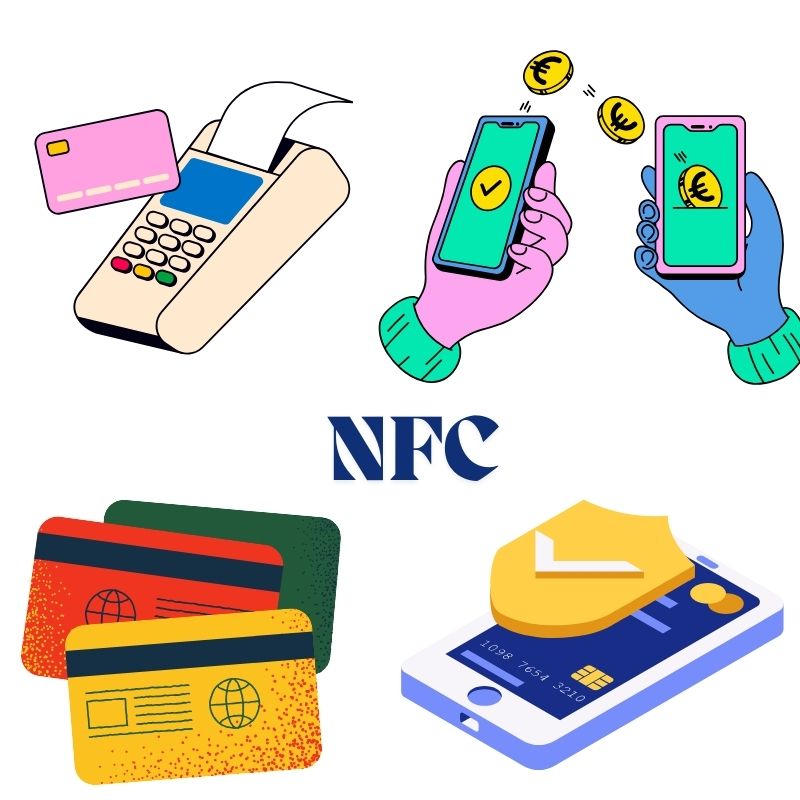
NFC vs. RFID: Hvilken skal du bruge?
| Use Case | Bedste teknologi |
|---|---|
| Langrækkende sporing | RFID |
| Lager- eller forsyningskædeoperationer | RFID |
| Sikre, personlige transaktioner | NFC |
| Mobilbetalinger og ID | NFC |
| IoT smart automatisering | Begge |
Hvis du administrerer tusindvis af aktiver, er RFID det rette valg. Til individuelle, sikre interaktioner – som at trykke på din telefon – er NFC det oplagte valg.
NFC og RFID i IoT (tingenes internet)
RFID og NFC er grundlæggende for IoT-økosystemer, da de gør det muligt for fysiske objekter at “kommunikere” med digitale systemer.
- RFID i IoT: Overvåger varer på tværs af forsyningskæder og produktionslinjer.
- NFC i IoT: Muliggør sikker enhedsparring, adgang til smart home og kontrol i realtid via smartphones.
“Kombinationen af NFC- og RFID-tags transformerer IoT ved at forbinde fysiske aktiver til skyen.”
Frekvensens rolle i NFC- og RFID-ydeevne
At forstå frekvens hjælper med at vælge det rigtige system:
- LF (125–134 kHz) – Kort rækkevidde, bruges til adgangskontrol
- HF (13,56 MHz) – Anvendes af både RFID og NFC
- UHF (860-960 MHz) – Lang rækkevidde, ideel til forsyningskæder
Hver frekvens understøtter forskellige områder og læsehastigheder, hvilket gør valget af RFID- og NFC-læser vigtigt for systemets ydeevne.
Ofte stillede spørgsmål om NFC og RFID
Hvad er den største forskel mellem RFID og NFC?
NFC er en undergruppe af RFID. Mens RFID understøtter længere rækkevidde og envejskommunikation, er NFC designet til tovejsinteraktioner med kort rækkevidde.
Kan NFC- og RFID-tags bruges ombytteligt?
Ikke altid. NFC fungerer kun ved HF, mens RFID kan bruge LF, HF eller UHF. NFC-tags fungerer kun med NFC-læsere, ikke alle RFID-læsere.
Er RFID-tags sikre?
Passive RFID-tags kan være sårbare uden kryptering. NFC tilbyder mere indbygget sikkerhed, især til finansielle transaktioner.
Hvad er en NFC- og RFID-læser?
Det er en enhed, der bruges til at læse RFID- eller NFC-tags. Mange moderne smartphones fungerer som NFC-læsere til kontaktløse handlinger.
Hvordan fungerer NFC-betalinger?
Enheder bruger NFC til at overføre krypterede betalingsoplysninger trådløst til kompatible terminaler — uden fysisk kontakt.
Hvilke brancher drager størst fordel af RFID?
Detailhandel, sundhedsvæsen, logistik, produktion og lagerhåndtering bruger RFID til automatisering og synlighed.
Afsluttende tanker
Både RFID og NFC tilbyder betydelig værdi – uanset om du sporer paller eller foretager betalinger med din smartphone. Dit valg bør afstemmes efter dine driftsmæssige behov:
- Vælg RFID til bred, automatiseret sporing.
- For sikre interaktioner på kort afstand skal du vælge NFC.
Da RFID- og NFC-tags udvikler sig sammen med IoT, er det nu det perfekte tidspunkt at integrere dem i din arbejdsgang.
Brug for hjælp til at vælge det rigtige NFC- eller RFID-system til din virksomhed?
Kontakt os i dag eller udforsk vores fulde sortiment af NFC- og RFID-læsere og -tags.

Ray Zhou
Denne artikel er skrevet af Ray Zhou, en ekspert i RFID-teknologi med mere end 10 års brancheerfaring.
Kommentarer
Hotte produkter
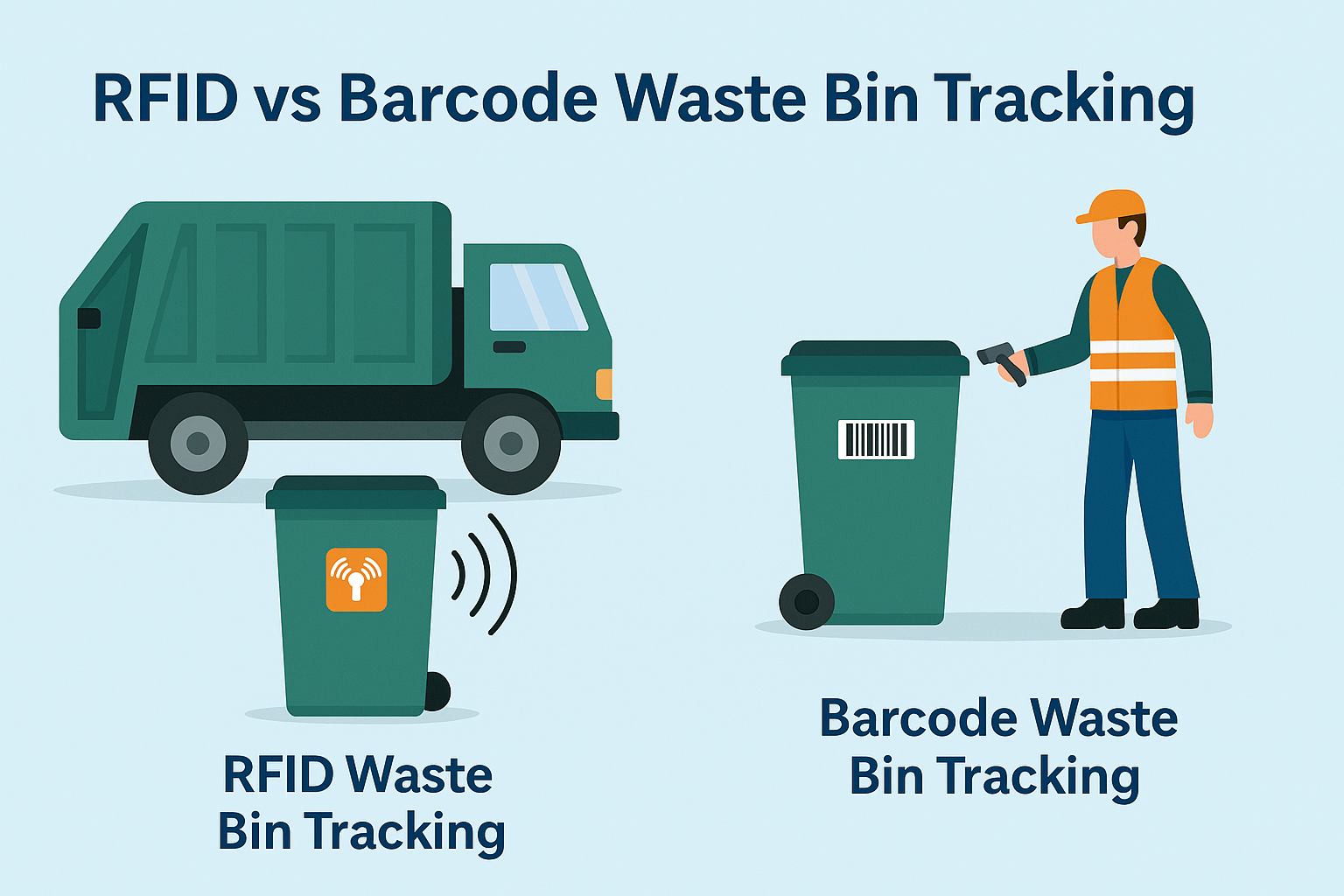
Hvad er RFID-affaldshåndtering?
Forestil dig en by, hvor alle skraldespande taler – ikke bogstaveligt talt – men via en lille chip, der fortæller systemet, når de er fulde, når de er tømt, og hvor de er blevet kørt hen. Det er netop det, RFID-affaldshåndtering gør i dag.
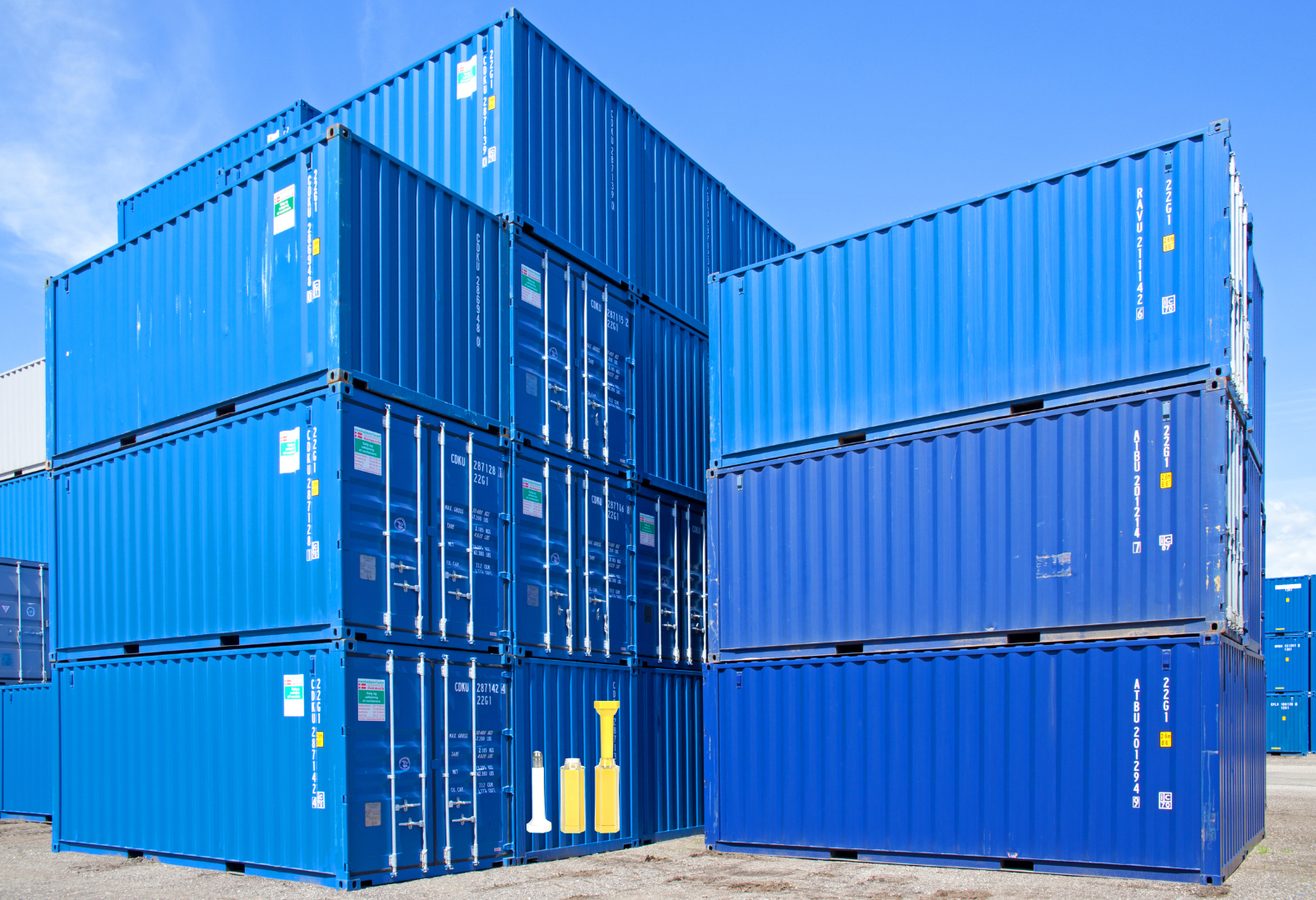
Hvad er boltetætninger og deres anvendelser? | Komplet guide
Inden for global handel og logistik spiller boltforseglinger en afgørende rolle for fragtsikkerhed og compliance. Disse små, men kraftfulde enheder er designet til at låse skibscontainere, trailere og fragtdøre med en mekanisme, der sikrer mod manipulation.
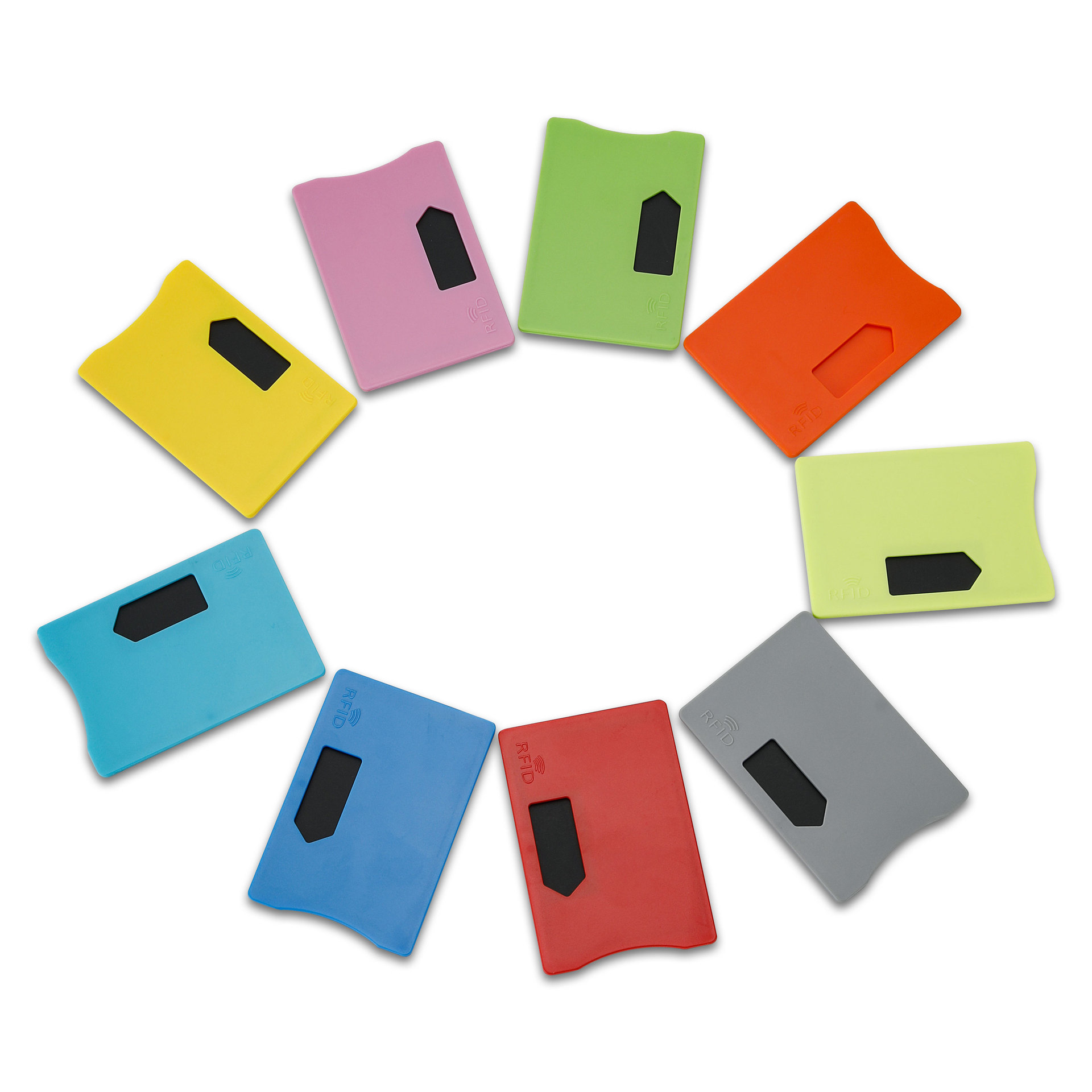
Hvad er en RFID-kortbeskytter? Fordele, brugsscenarier og købsvejledning
RFID-teknologi (Radio Frequency Identification) er overalt: i dine kreditkort, ID-badges, transportkort, hotelværelsesnøgler og meget mere. Det giver hastighed og bekvemmelighed, men det åbner også døren for en ny form for digitalt tyveri kaldet "skimming". Det er her, en RFID-kortbeskytter kommer ind i billedet.

RFID-armbånd til events: Guide til storkøb for arrangører
RFID-armbånd til events er ved at blive løsningen for arrangører, der har brug for hurtigere adgang, forebyggelse af svindel og kontantløse betalinger ved koncerter, festivaler og sportsarenaer. I modsætning til papirbilletter eller QR-koder bruger disse smarte armbånd indbyggede chips til at strømline adgangen, sikre transaktioner og forbedre gæsteoplevelsen.
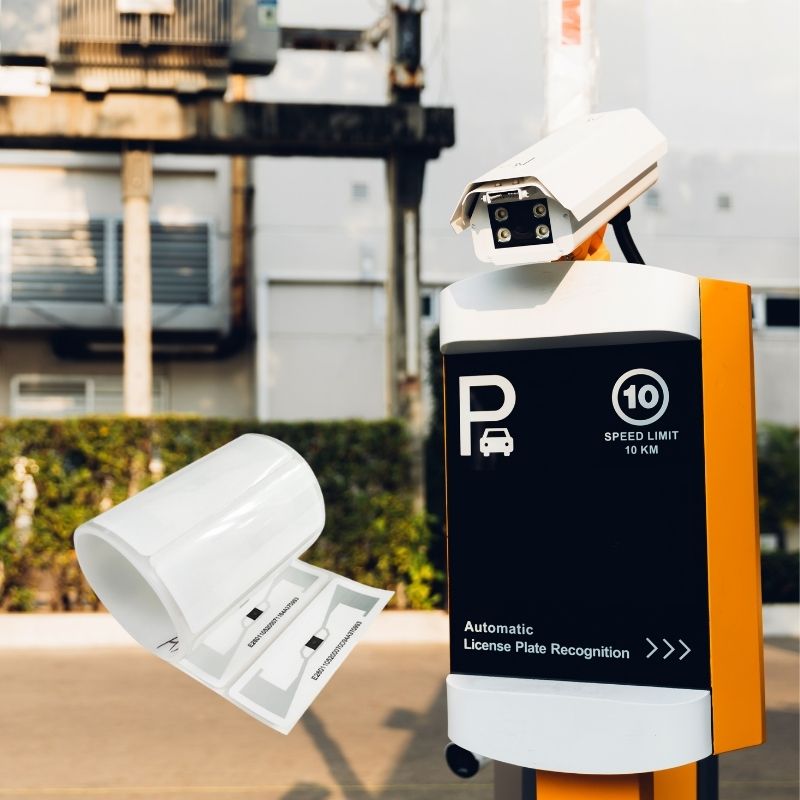
Hvordan RFID-tag på forruden forbedrer adgangskontrol til køretøjer og bompengesystemer
I dagens tempofyldte verden skal identifikation af køretøjer være hurtig, sikker og kontaktløs. Et RFID-tag på forruden giver præcis det - en pålidelig måde at styre opkrævning af bompenge, parkering og adgang til gates på uden at standse køretøjerne.
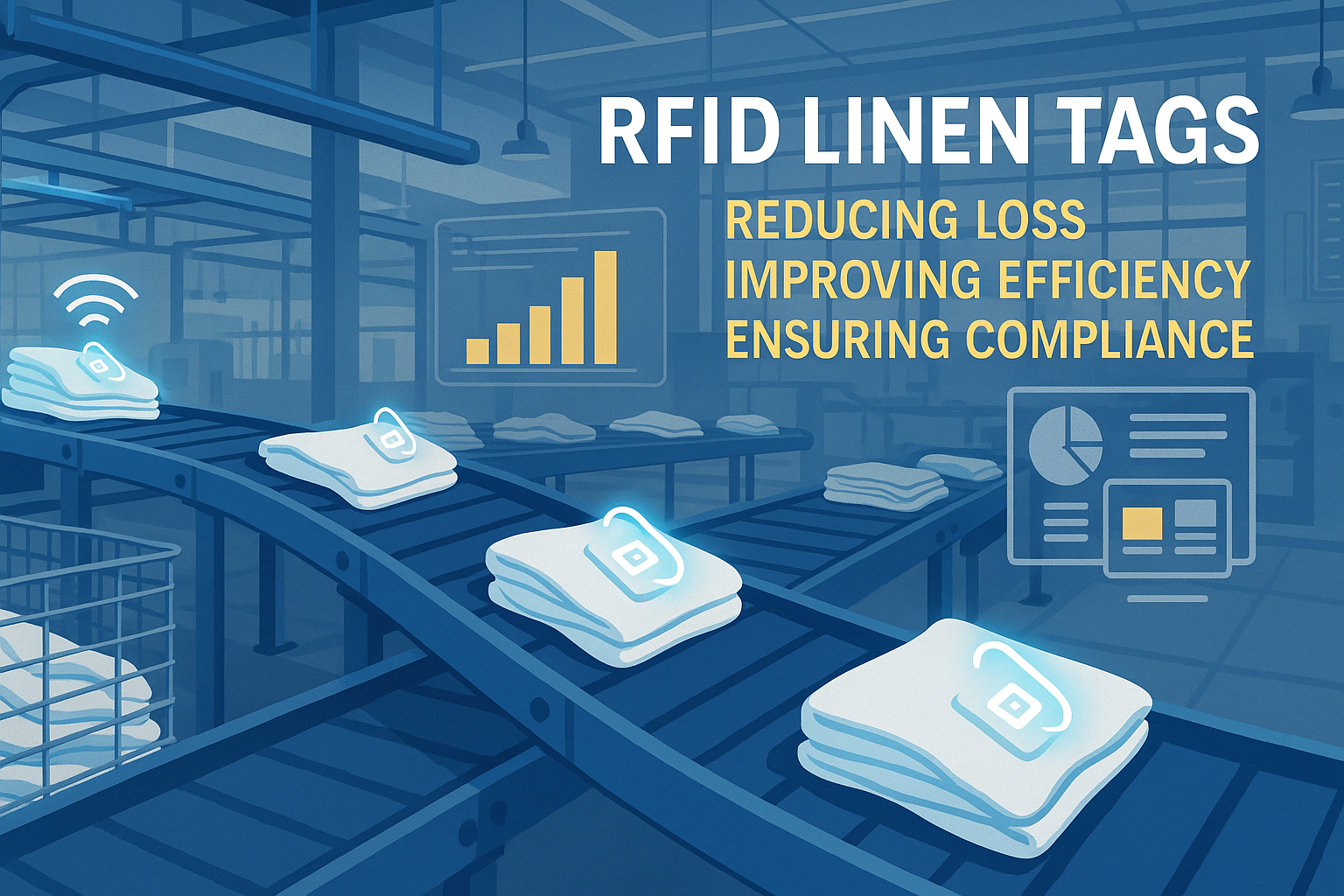
Fordelene ved RFID-linnedtags i kommercielle vaskerier
Det er et stort arbejde at styre vaskeriet på hospitaler, hoteller eller store vaskerier. Hver dag bliver tusindvis af lagner, håndklæder og uniformer vasket, sorteret og sendt ud igen. Men problemer som tabt sengetøj, fejlsortering og manuel optælling kan koste virksomhederne mange penge. For eksempel kan mellemstore hoteller miste over $200.000 hvert år på grund af manglende linned.
Det er her, RFID-linnedtags kommer ind i billedet.
Tags
RELATEREDE BLOGS

Hvad er RFID-affaldshåndtering?
Forestil dig en by, hvor alle skraldespande taler – ikke bogstaveligt talt – men via en lille chip, der fortæller systemet, når de er fulde, når de er tømt, og hvor de er blevet kørt hen. Det er netop det, RFID-affaldshåndtering gør i dag.

Hvad er boltetætninger og deres anvendelser? | Komplet guide
Inden for global handel og logistik spiller boltforseglinger en afgørende rolle for fragtsikkerhed og compliance. Disse små, men kraftfulde enheder er designet til at låse skibscontainere, trailere og fragtdøre med en mekanisme, der sikrer mod manipulation.

Hvad er en RFID-kortbeskytter? Fordele, brugsscenarier og købsvejledning
RFID-teknologi (Radio Frequency Identification) er overalt: i dine kreditkort, ID-badges, transportkort, hotelværelsesnøgler og meget mere. Det giver hastighed og bekvemmelighed, men det åbner også døren for en ny form for digitalt tyveri kaldet "skimming". Det er her, en RFID-kortbeskytter kommer ind i billedet.

